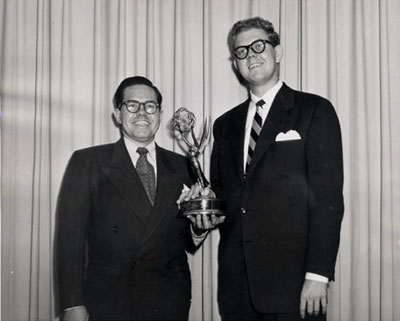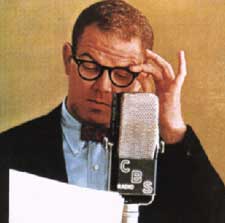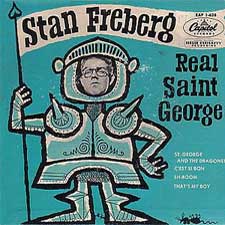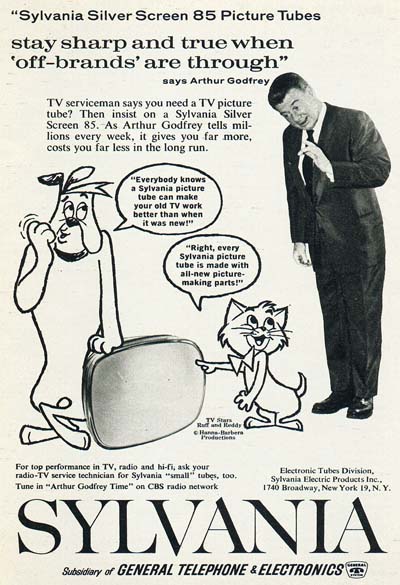
In 1957, MGM shut down their animation department, but Bill Hanna and Joe Barbera were prepared. They immediately went into production on a low budget cartoon series designed for television. It was the seed that went on to grow into a television empire, yet the series hasn’t been distributed in years and few kids today know Ruff and Reddy the way they know other Hanna-Barbera creations like Yogi Bear and Fred Flintstone.
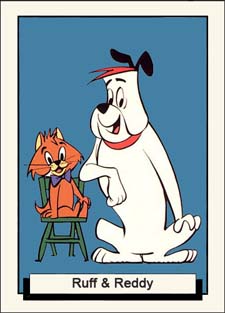
![]() Hanna and Barbera knew that they had to make Ruff and Reddy quickly and cheaply. Within the space of a few months, their first airdate on NBC loomed. The tight budget and quick turnaround didn’t allow for much animation. The focus was put on the voices, layout and background styling. They designed the episodes as sequential cliffhangers- similar to the serials that played movie theaters in the thirties and forties. (The basic structure of the series was the same as the earlier TV cartoon series, Crusader Rabbit.)
Hanna and Barbera knew that they had to make Ruff and Reddy quickly and cheaply. Within the space of a few months, their first airdate on NBC loomed. The tight budget and quick turnaround didn’t allow for much animation. The focus was put on the voices, layout and background styling. They designed the episodes as sequential cliffhangers- similar to the serials that played movie theaters in the thirties and forties. (The basic structure of the series was the same as the earlier TV cartoon series, Crusader Rabbit.)
The cartoons were designed to plug into a live action puppet show hosted by Jimmy Blaine, known for his characters Rubarb the Parrot and Jose the Toucan. Ruff and Reddy ended production in 1960. It continued in reruns on NBC in the Captain Bob Cottle show until 1964. After that, it was syndicated to local kiddie shows around the country.
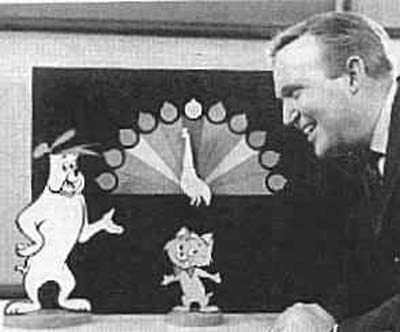
The two key voice actors who worked on Ruff and Reddy went on to become the core cast members of the Hanna Barbera team throughout the coming years… Don Messick and Daws Butler.
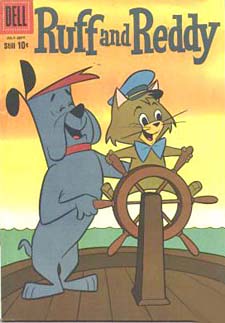
![]() Daws Butler was well established as a voice actor by the time Hanna and Barbera formed their TV studio. He had been an integral part of Bob Clampett’s Time For Beany, as well as providing voices for many Lantz and MGM cartoons. Butler was skilled at ad libbing and vocal impressions, which led to an association with Stan Freberg on Freberg’s popular comedy records like "St. George and the Dragon-Net".
Daws Butler was well established as a voice actor by the time Hanna and Barbera formed their TV studio. He had been an integral part of Bob Clampett’s Time For Beany, as well as providing voices for many Lantz and MGM cartoons. Butler was skilled at ad libbing and vocal impressions, which led to an association with Stan Freberg on Freberg’s popular comedy records like "St. George and the Dragon-Net".
Through the late forties and early fifties, Don Messick was a ventriloquist. In the late fifties, Tex Avery was looking for a voice for Droopy to replace Bill Thompson, who had left MGM to work for Disney. Daws Butler, who had been recording for Avery for some time, suggested his friend Messick for the job. As performers, Messick and Butler were perfectly matched. They became a team in a long string of cartoons produced by Hanna-Barbera… Boo Boo and Yogi, Pixie and Dixie, etc.
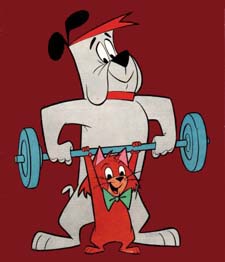
![]() As a cartoon, Ruff and Reddy really doesn’t stand up too well. The stories are directionless, the animation is almost non-existent and the cartoons are excessively talky with way too much narration. They really aren’t a very good model for animators today to follow… except in one respect. Ruff and Reddy had remarkable design, layout and background styling. It set the standard for the great Hanna Barbera series that followed. I don’t know the names of the entire crew that worked on these early cartoons, but a few key artists stand out.
As a cartoon, Ruff and Reddy really doesn’t stand up too well. The stories are directionless, the animation is almost non-existent and the cartoons are excessively talky with way too much narration. They really aren’t a very good model for animators today to follow… except in one respect. Ruff and Reddy had remarkable design, layout and background styling. It set the standard for the great Hanna Barbera series that followed. I don’t know the names of the entire crew that worked on these early cartoons, but a few key artists stand out.
No one is more responsible for the look of the early Hanna-Barbera series than Ed Benedict. Benedict began his career at Disney and Lantz in the 1930s. In 1952, he joined Tex Avery at MGM to design the modernist cartoons, Field And Scream, The First Bad Man, Deputy Droopy and Cellbound. Benedict was one of the first artists hired by Bill Hanna and Joe Barbera to work on their television cartoons. He was the principle designer on Ruff and Reddy, Huckleberry Hound, Yogi Bear, Quick Draw McGraw and The Flintstones.
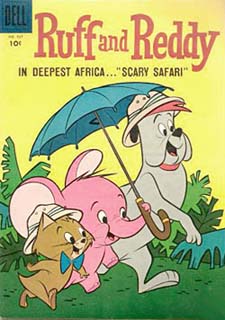
![]() Dick Bickenbach was a skilled draftsman with a strong sense of composition. He animated at Lantz, Warner Bros and MGM before joining Bill and Joe at their TV studio.
Dick Bickenbach was a skilled draftsman with a strong sense of composition. He animated at Lantz, Warner Bros and MGM before joining Bill and Joe at their TV studio.
Because of his tight construction and clean line, his drawings were often used as models. In addition to design and layout duties on The Flintstones and Yogi Bear, he drew the comic book adaptations as well.
Art Lozzi was one of H-B’s main background painters. His use of color and texture in this particular cartoon is remarkable.
Carlo Vinci doesn’t have as much to do on Ruff and Reddy as he did on later H-B series like Huckleberry Hound and The Flintstones, but his hand is still evident in the animation. Vinci worked at Terry-Toons in New York for twenty years before moving west at the request of Joe Barbera. He was one of the first artists hired to work for the new TV studio, and he remained with H-B for twenty years.
PINKY THE PINT SIZED PACHYDERM
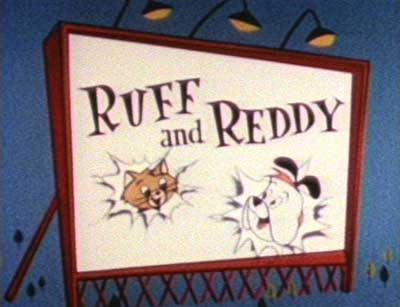
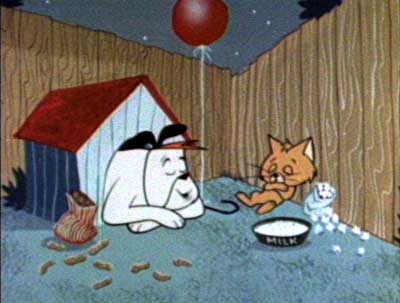
Ruff and Reddy EPISODE ONE: Pinky The Pint Sized Pachyderm (Hanna-Barbera/1958) (Quicktime 7 / 9 megs)
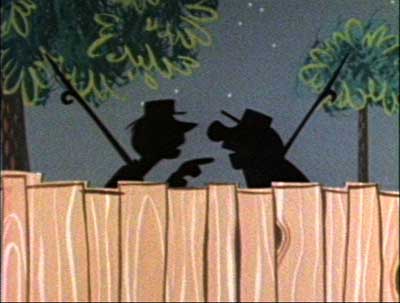
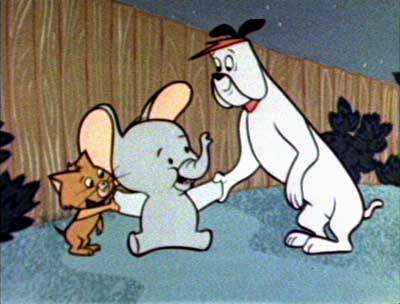
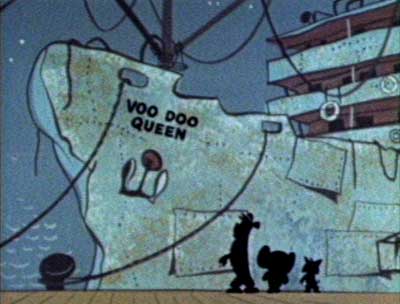
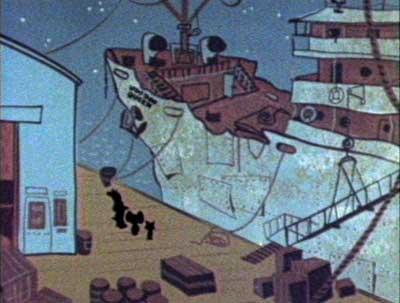
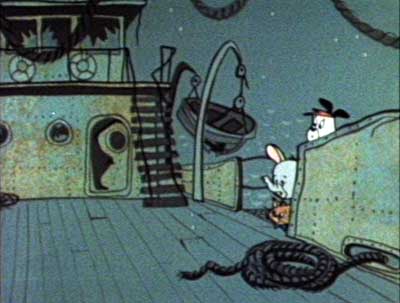
Ruff and Reddy EPISODE TWO: Last Trip Of A Ghost Ship (Hanna-Barbera/1958) (Quicktime 7 / 9 megs)
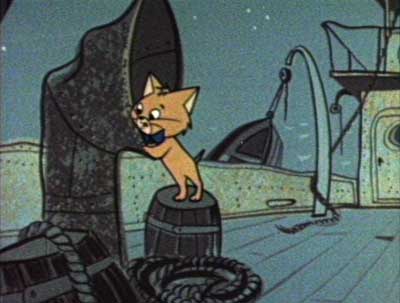
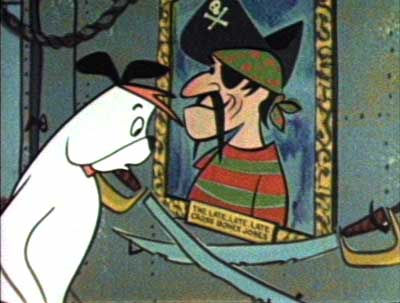
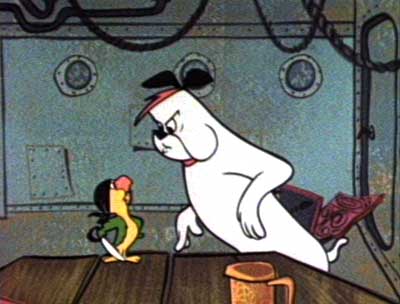
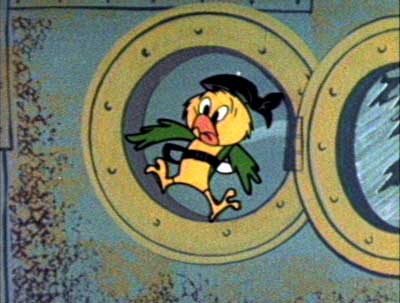
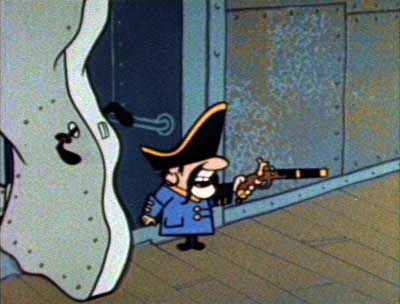
Ruff and Reddy EPISODE THREE: The Irate Pirate (Hanna-Barbera/1958) (Quicktime 7 / 9 megs)
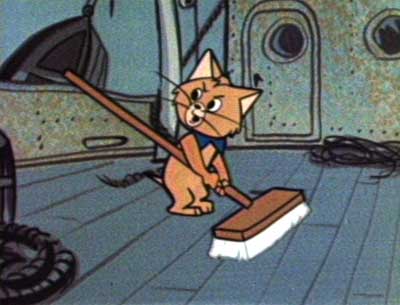
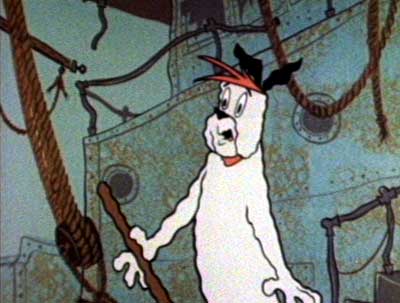
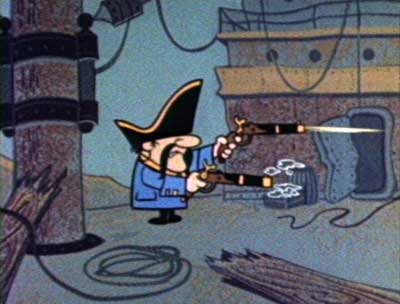
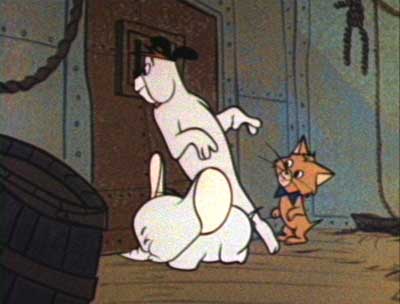
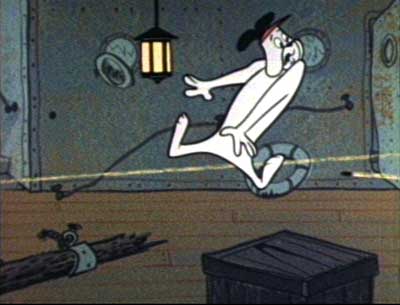
Ruff and Reddy EPISODE FOUR: Dynamite Fright (Hanna-Barbera/1958) (Quicktime 7 / 9 megs)
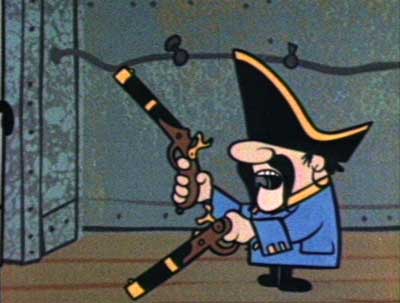
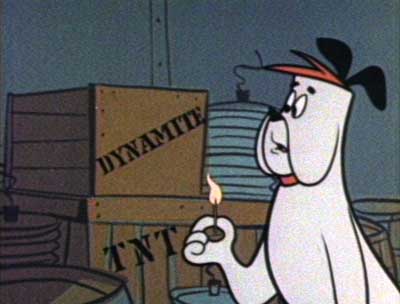
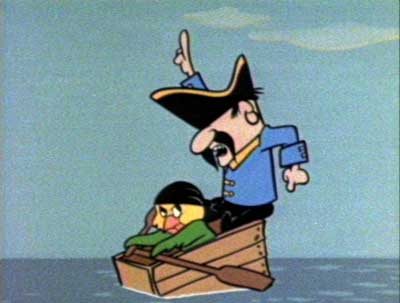
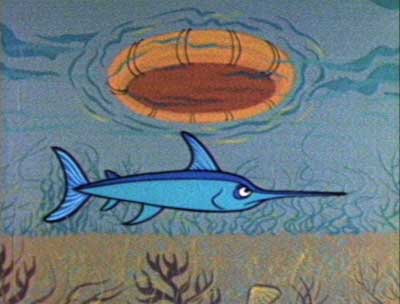
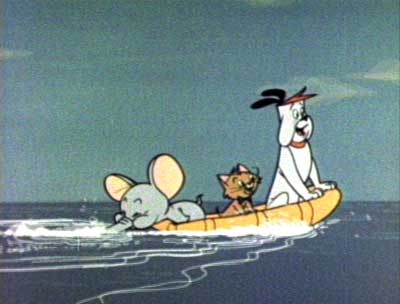
Ruff and Reddy EPISODE FIVE: Marooned In Typhoon Lagoon (Hanna-Barbera/1958) (Quicktime 7 / 9 megs)
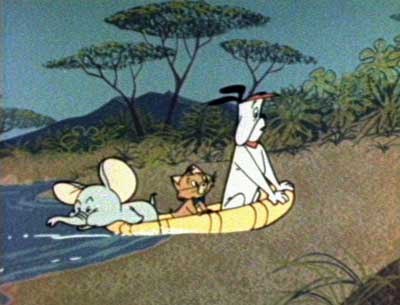
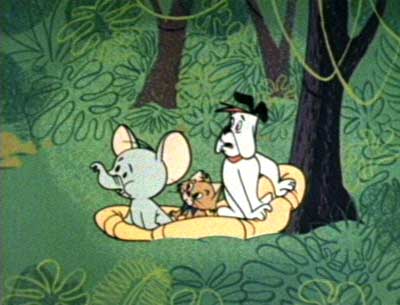
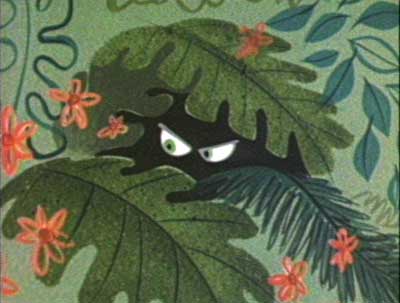
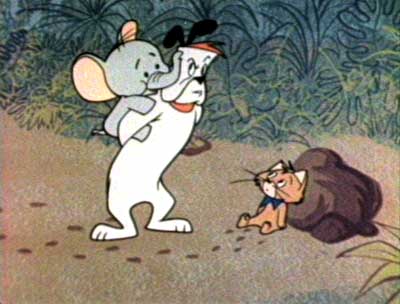
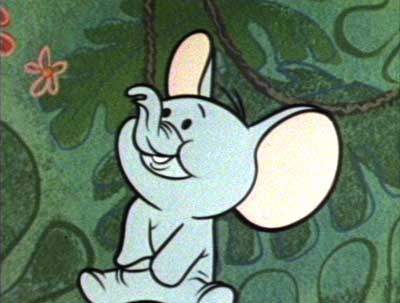
Ruff and Reddy EPISODE SIX: Scarey Harry Safari (Hanna-Barbera/1958) (Quicktime 7 / 9 megs)
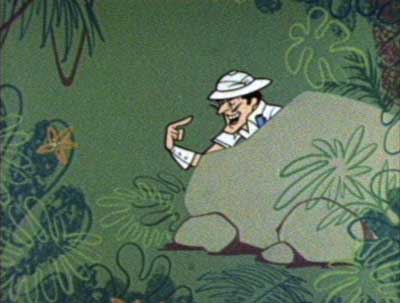
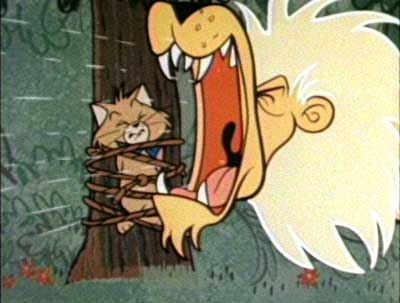
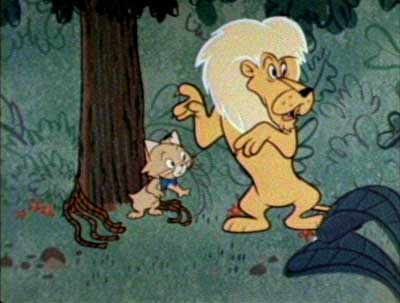
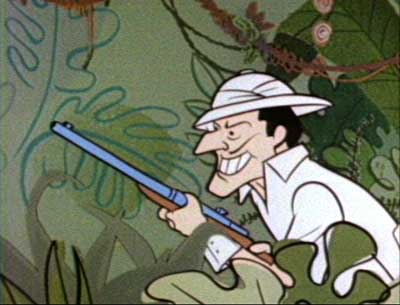
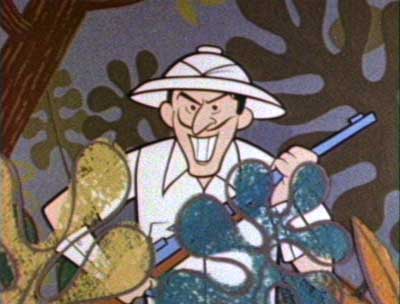
Ruff and Reddy EPISODE SEVEN: Jungle Jitters (Hanna-Barbera/1958) (Quicktime 7 / 9 megs)
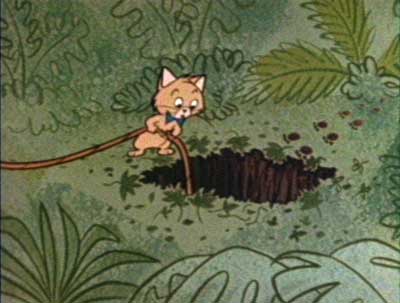
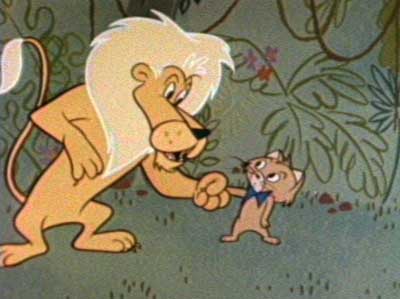
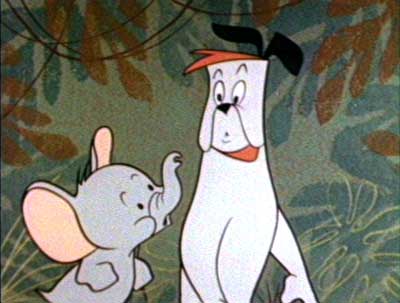
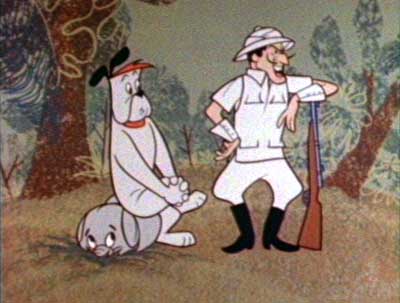
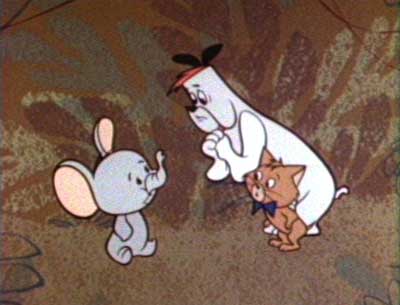
Ruff and Reddy EPISODE EIGHT: Bungle In The Jungle (Hanna-Barbera/1958) (Quicktime 7 / 9 megs)
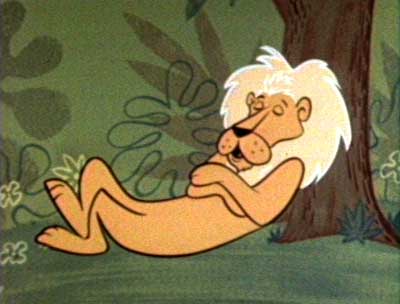
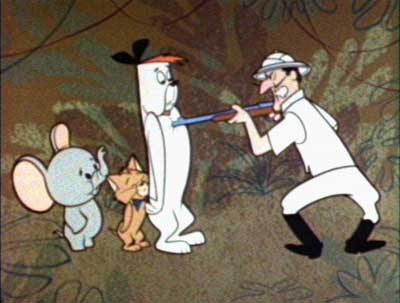
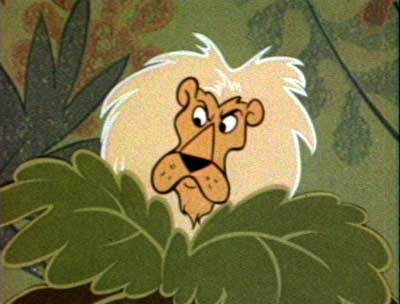
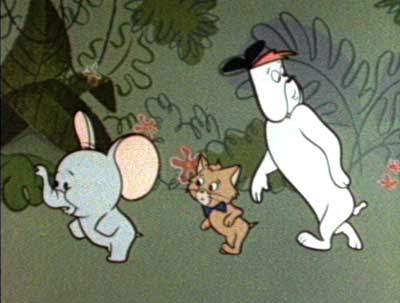
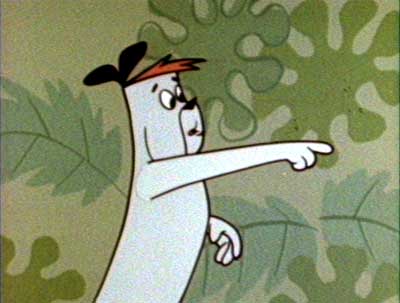
Ruff and Reddy EPISODE NINE: Miles Of Crocodiles (Hanna-Barbera/1958) (Quicktime 7 / 9 megs)
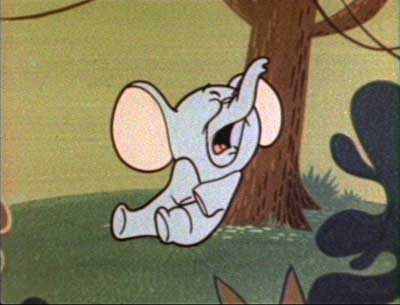
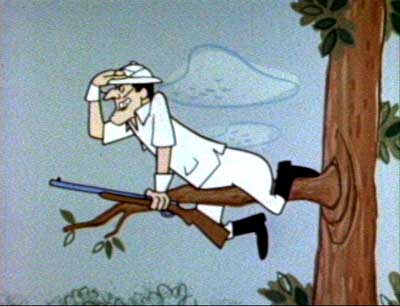
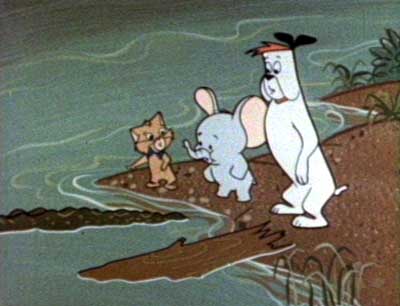
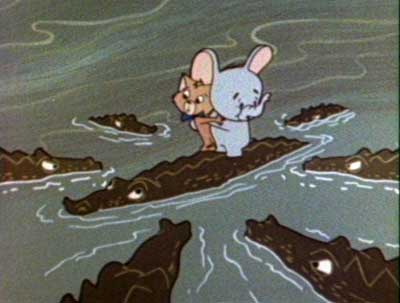
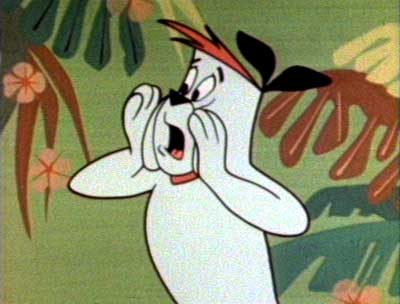
Ruff and Reddy EPISODE TEN: A Creep In The Deep (Hanna-Barbera/1958) (Quicktime 7 / 9 megs)
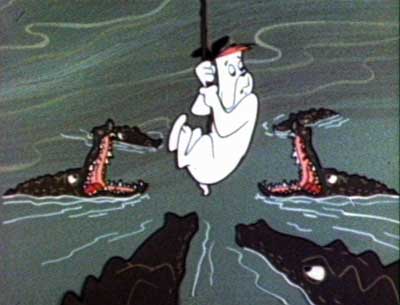
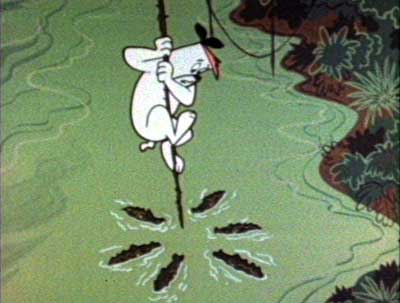
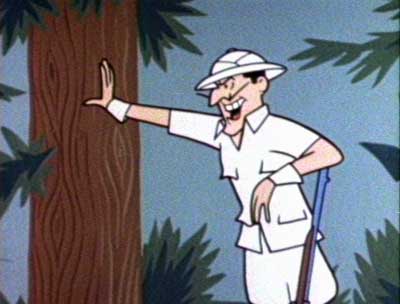
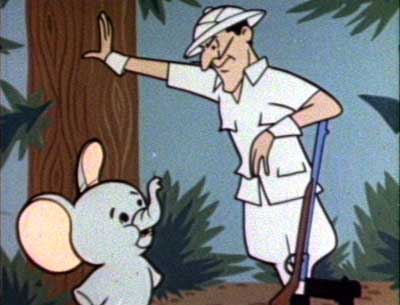
Ruff and Reddy EPISODE ELEVEN: Hot Shot’s Plot (Hanna-Barbera/1958) (Quicktime 7 / 9 megs)
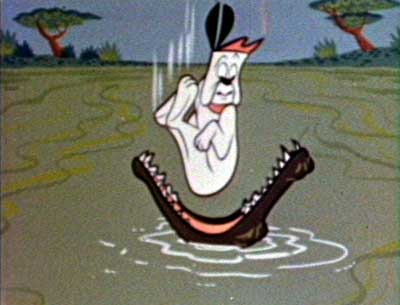
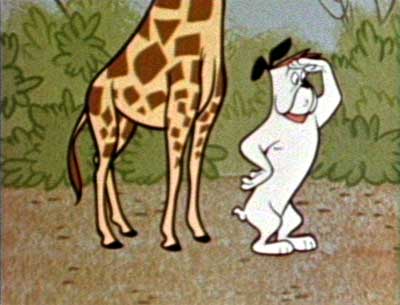
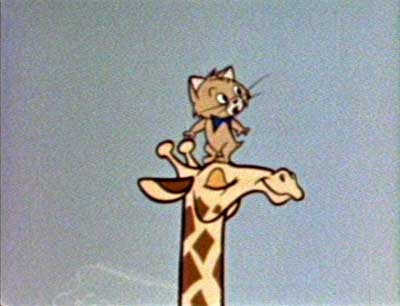
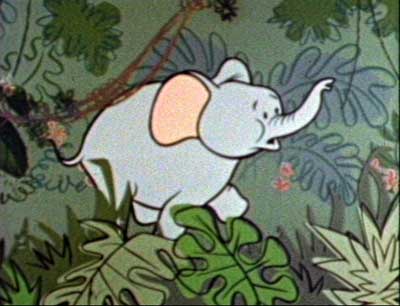
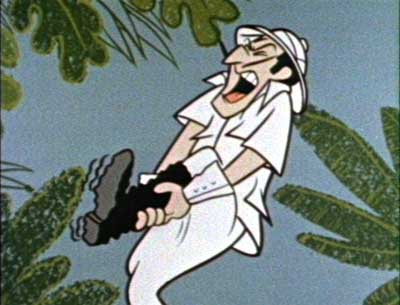
Ruff and Reddy EPISODE TWELVE: The Gloom Of Doom (Hanna-Barbera/1958) (Quicktime 7 / 9 megs)
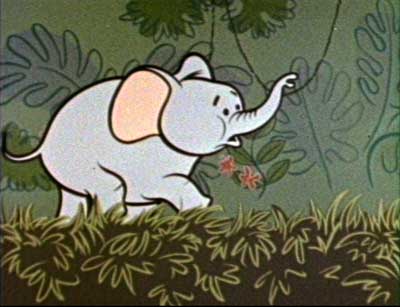
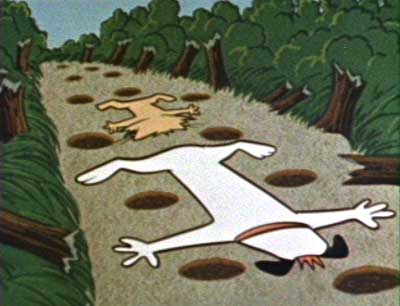
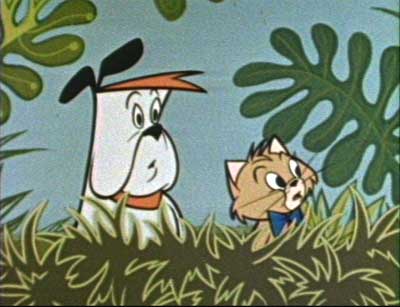
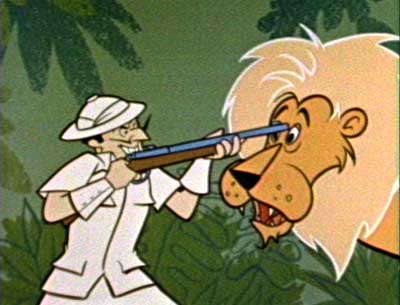
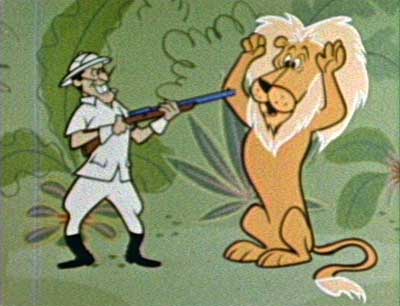
Ruff and Reddy EPISODE THIRTEEN: The Trapped Trap The Trapper (Hanna-Barbera/1958) (Quicktime 7 / 9 megs)
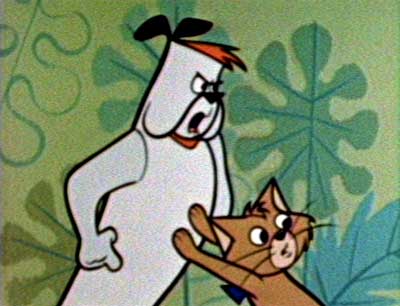
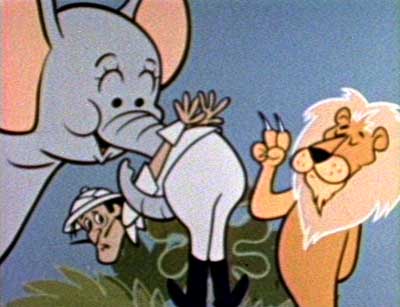
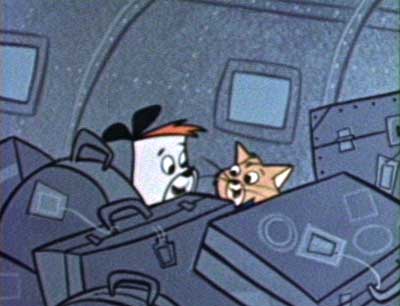
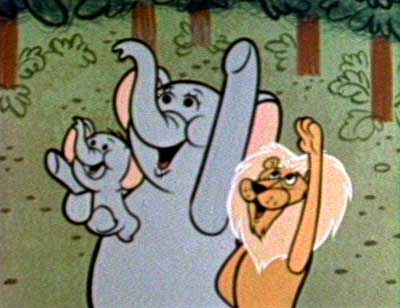
Stephen Worth
Director
Animation Resources
This posting is part of the online Encyclopedia of Cartooning under the subject heading, Animation.















